
Supplementary Material Page for Our EUROGRAPHICS Paper
Freehand HDR Imaging of Moving Scenes
with Simultaneous Resolution Enhancement
Home
About Us
People
Teaching
Research
Publications
Awards
Links
Contact
Internal
Limitations of our Alignment Method
This page shows scenarios where our proposed optic flow-based alignment strategy
does not produce agreeable results.
As mentioned in the paper, optic flow approaches that rely on a
coarse-to-fine warping strategy for handling large displacements fail to
estimate large displacements of small objects. This is due to the fact that
small objects vanish at coarse levels where their large displacement would have
need to be estimated.
Trying to adapt existing or find novel strategies for the solution of this
problem is part of our ongoing research.
We offer zip archives for download, which contain all images in JPEG format
so that all important information (such as exposure times) are available from
the EXIF headers.
To visualise the HDR images, we applied the tone mapping operator of
Fattal et al. as implemented
in the
pfstools package.
In addition, we offer to download the HDR images in the RGBE format proposed in
G. Ward: Real Pixels. Graphics Gems II, Academic Press, 1992. A C implementation
of a read/write library for RGBE data can be found
here.
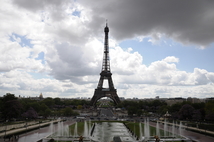
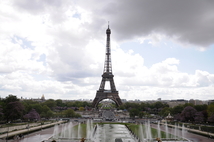
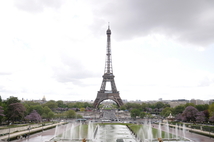
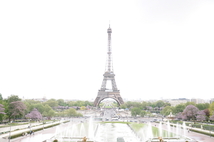
Exposure series Eiffel Tower
(1072×712 pixels, exposure times between 1/4000 and 1/320 seconds). Click
the images to enlarge them.
Download the exposure series as zip archive.
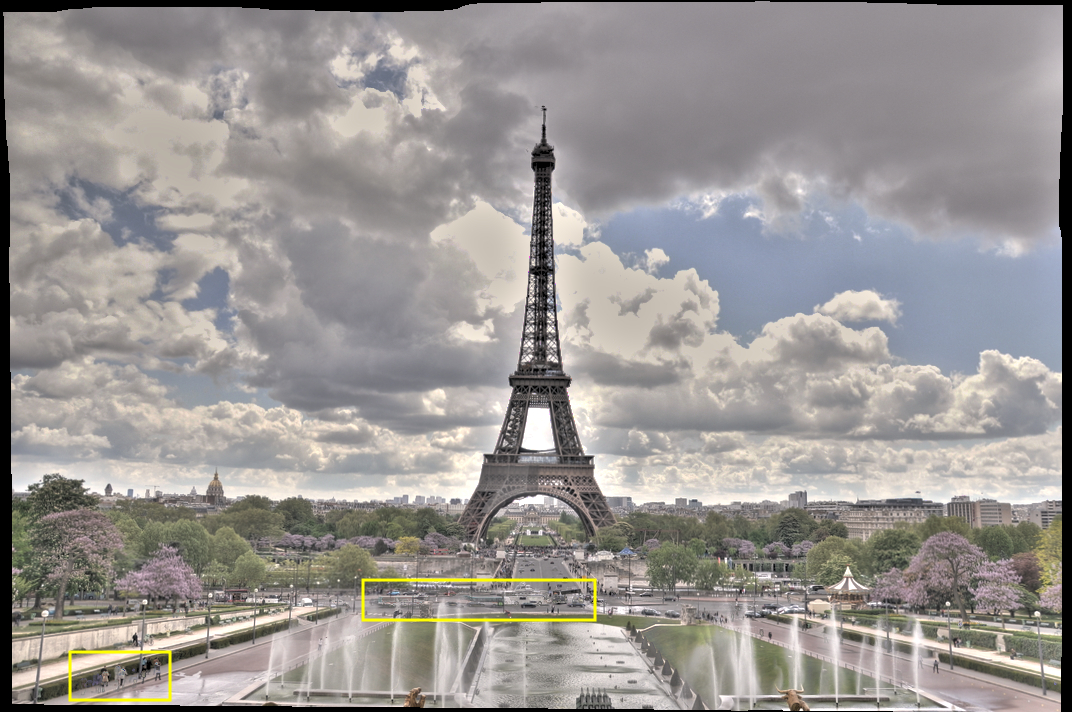
Tone mapped HDR reconstruction after alignment with our proposed optic
flow-based method.
Download HDR image in RGBE format.


Zooms in marked regions of previous image.
Altough the result looks good in general, our method failed to align the persons
and the bus, which underwent very large displacements in the series, see above.
As a consequence, unpleasant ghosting artefacts occur.
<Importance of Data Term Normalisation
Main Page
Additional Results for SR-HDR>
MIA Group
©2001-2023
The author is not
responsible for
the content of
external pages.
Imprint -
Data protection